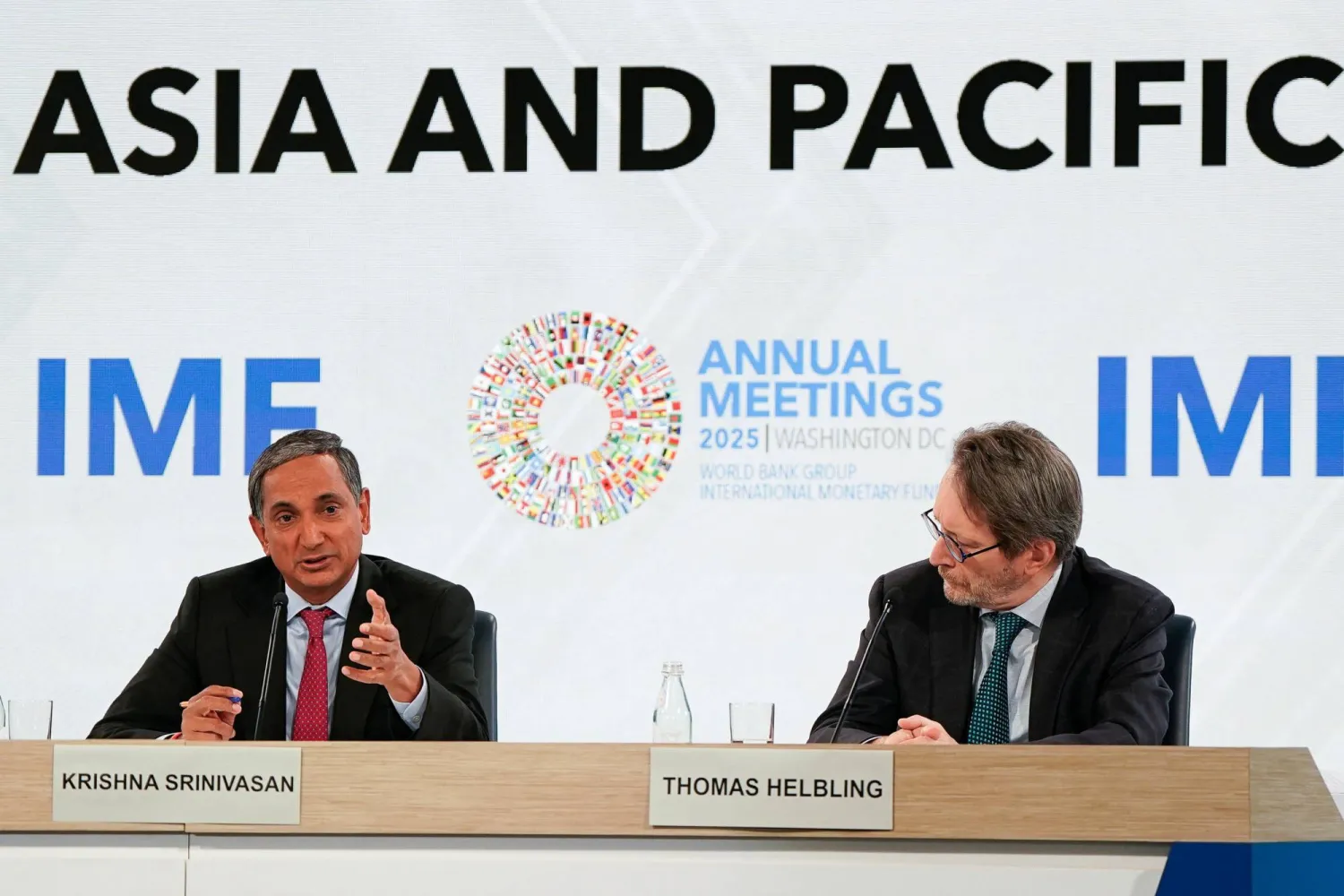Asia-Pacific Economies Brace Against Global Headwinds
The IMF’s latest Asia-Pacific outlook shows resilient growth led by India and Southeast Asia, but warns of weakening exports, tighter liquidity, and rising geopolitical risk. Regional policy shifts now focus on inflation control, FX stability, and sustaining domestic investment momentum.

Asia’s resilience is holding, but its balance is thinning. The IMF’s October 2025 Regional Economic Outlook projects the Asia-Pacific to grow 4.5 % this year, a modest slowdown from 2024’s 4.7 %. The engines remain familiar—India’s consumption rebound, Indonesia’s manufacturing expansion, and steady output in Vietnam and the Philippines—but the warning lights are global. Soft trade volumes, a firm DXY, and elevated US real yields are bleeding liquidity from frontier markets, compressing credit and exchange-rate buffers.
China’s deceleration is the central gravity risk. Structural real-estate weakness and subdued consumer sentiment have cut regional demand spillovers. Beijing’s stimulus, weighted toward local-government financing and targeted tech incentives, is cushioning industrial output but not reigniting broad confidence. As a result, commodity exporters like Australia and Malaysia see price and volume volatility rise, while electronics-heavy economies—South Korea, Singapore, Taiwan—face margin compression from global tech destocking.
Monetary conditions are diverging. Japan maintains ultra-loose settings with the yen under pressure; India, Indonesia, and Thailand are shifting toward neutral stances; New Zealand’s rate cut marks the first turn toward easing. The regional liquidity map thus splits: northern Asia defends currencies, southern Asia defends credit. This divergence underscores policy fatigue after two years of battling imported inflation and volatile capital flows.
Fiscal positions remain stretched. Pandemic-era debt and subsidy schemes are unwinding slowly, leaving limited space for stimulus. The IMF urges governments to focus on supply-side reforms—productivity, digital infrastructure, and green investment—rather than broad consumption boosts. Yet political cycles complicate restraint: elections in several large economies are pushing fiscal consolidation off timetable.
Financial markets mirror the unease. The MSCI Asia ex-Japan Index has drifted sideways, while regional currencies oscillate within tight bands against the DXY. Investors remain net overweight India and Indonesia, underweight China and Taiwan. Sovereign spreads have widened slightly but remain below crisis thresholds, signalling resilience without exuberance.
Through 2026, the test will be endurance. Asia’s growth edge over the West persists, but narrowing liquidity and export softness could erode that gap. The IMF’s closing note is sober: the region’s task is no longer acceleration—it is preservation of stability in a tightening world.





